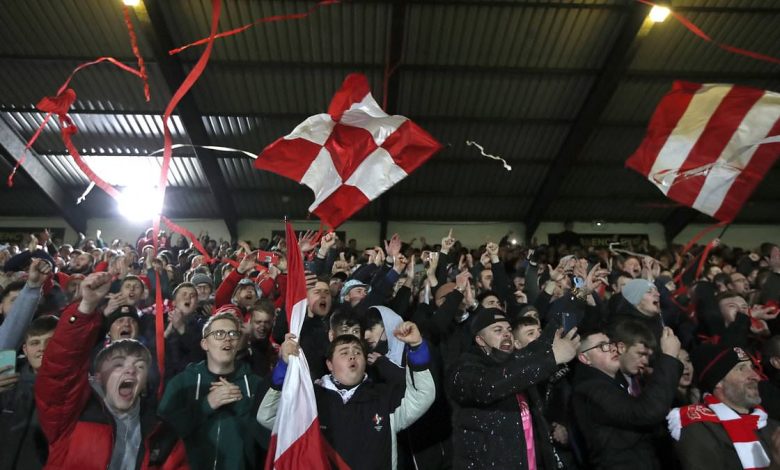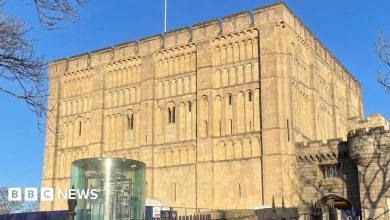EFL fixtures: I’ve been to all 92 Football League grounds this is every League Two stadium from worst to best, which ones you should visit this season and which to stay well away from: OLIVER HOLT

The joy of English football stadiums. Each one has its own unique character, history, and charm, reflecting the community it serves. After completing the journey of a lifetime, visiting all 92 stadiums, the author shares their personal ranking of the top stadiums in League One. From the soulless Stadium MK to the picturesque Holker Street, the author’s love letter to English football takes us on a tour of the beautiful game’s most iconic and beloved grounds.
Starting from the bottom, Stadium MK, home of MK Dons, comes in at 24th, described as a “soulless, faceless, gloomy place” that lacks character and warmth. The author’s dislike for the stadium is only matched by their disdain for the club’s history, which was “born under a bad sign” when it was relocated from Wimbledon. Broadfield Stadium, home of Crawley Town, fares slightly better at 23rd, but its modern design and bad vibe make it an uninviting place to watch football. The JobServe Community Stadium, home of Colchester United, ranks 22nd, with its bleak location on a roundabout and empty corridors making it feel like the Overlook Hotel.
As we move up the rankings, we find grounds that, despite their flaws, have a certain charm and character. The Peninsula Stadium, home of Salford City, ranks 16th, with its neat, modern design and fierce local identity making it a great day out by the seaside. The Hive, home of Barnet, ranks 11th, with its quirky design and community-focused atmosphere making it a standout. The Mornflake Stadium, home of Crewe Alexandra, ranks 10th, with its grand old character and better ownership making it a more enjoyable experience.
The top 10 stadiums are a mix of old and new, each with its own unique story to tell. The Exercise Stadium, home of Harrogate Town, ranks 4th, with its charming, quirky design and electric atmosphere making it a highlight of the author’s journey. Prenton Park, home of Tranmere Rovers, ranks 3rd, with its sense of community and noble old stands making it a beloved second home. The Wham Stadium, home of Accrington Stanley, ranks 2nd, with its improved design and commitment to the local community making it a testament to the power of visionaries like owner Andy Holt.
And then, there’s Holker Street, home of Barrow, which tops the rankings at 1st. This stadium has a “frontier feel” that makes it special, with its restricted views and character-filled atmosphere making it a throwback to the way football used to be. The author describes it as “raw, loud, and industrial and real,” a true gem of English football. Whether you’re a fan of the beautiful game or just looking for a unique experience, Holker Street is a must-visit destination.
As the author reflects on their journey, it’s clear that each stadium has its own soul, its own character, and its own story to tell. From the historic grounds like Meadow Lane and the County Ground to the modern stadiums like the SMH Group Stadium and the Abbey Stadium, each one is a reflection of the community it serves. The author’s ranking is not just about the stadiums themselves, but about the people, the history, and the culture that surrounds them. As we look to the future of English football, it’s clear that these stadiums will continue to play a vital role in shaping the game and the communities that love it.









Your article helped me a lot, is there any more related content? Thanks!